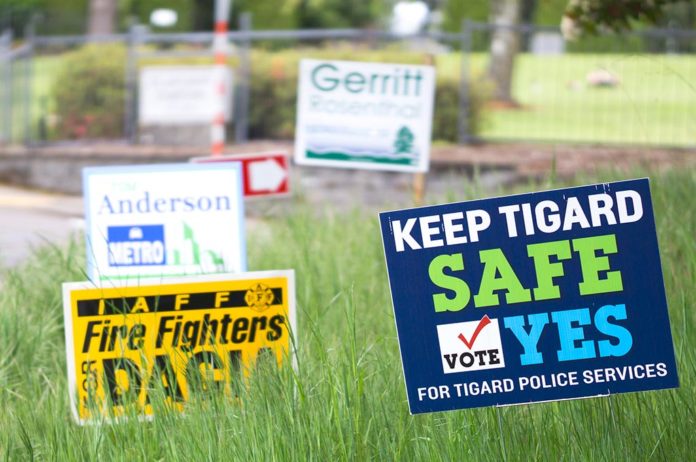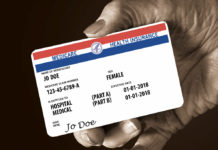
The polls showed that Tigard voters wouldn’t support a property tax increase to hire more police officers.
The polls were wrong.
Tigard’s public safety levy, which was on the May 19 ballot, passed with nearly 55 percent of the vote, according to the Secretary of State’s website.
“I’m just very pleased with the outcome of the election,” Mayor Jason Snider said during a May 26 City Council meeting, “having our community firmly stand behind both keeping our community safe and the men and women who serve in our police department, who deserve to have adequate and appropriate staffing to protect our community and to protect themselves.”
The levy rate of 29 cents per $1,000 of assessed property value – which will come to about $81 per year for the typical Tigard home – will pay for eight new patrol officers, de-escalation training for all sworn officers, a school resource officer and additional support staff.
Adding the new patrol officers will increase staffing levels by one officer per shift for a total of four to five officers per shift, allowing officers to respond to calls more quickly and respond to multiple emergency calls simultaneously, according to the city. Police Chief Kathy McAlpine has said that nearly half of shifts are currently staffed at minimum levels of three to four officers.
During the May 26 meeting, Councilor Tom Anderson asked McAlpine if passage of the levy had boosted morale at the department.
“To be 100 percent honest, we’re still in a state of shock,” she said. “The fact that it’s come to fruition is very exciting. It is a very exciting day, and everyone is very much uplifted by this.”
After all, the levy’s success was never certain. An October poll of voters found support for a rate of 46 cents per $1,000 of assessed value to be “low and soft.”
A December survey using rates of 33 cents and 29 cents also showed low support for the measure. At both rates, likely voter support was lower than 50 percent, even after survey participants received more information about why the levy funds were needed.
“My reading of these is that it’s not about cost sensitivity, at least not at the rates we’re talking about – it’s whether or not people want to vote for a tax measure,” John Horvick of polling firm DHM Research told the council at that time, adding that support is “below the level I would expect levies to pass this many months before an election.”
The unpromising poll results prompted discussion of other ways to fund the additional officers. And while the council did push forward with putting the levy on the ballot, it did so with the caveat that, should the levy fail with voters, an alternative funding source would be identified.
Snider on May 26 wondered about the gap between the grim polling results and the ultimate success of the levy on the ballot.
“I’m just curious,” he said, “as part of a postmortem analysis of this experience do we think that the polling was maybe biased? Was it not accurate? The polling folks indicated that there was no campaign in history that they were aware of that would have moved 20 points in six months for a money measure.”
Councilor Liz Newton said she thought voters ended up supporting the levy because the city and the police department were able to use data and outreach to effectively tell the story of why the money is needed.
“I don’t think you’re ever going to be able to track backward the [polling] data that you saw in December and January,” City Manager Mary Wine said. “I think we could probably talk to each of you, and you’d all have five different opinions on what made the difference.”
However, she said she would follow up with DHM, which the city is working with on other surveys, about the levy polling results.
With the levy passed, city staff is drafting an implantation plan for the levy, Wine said.





















